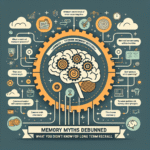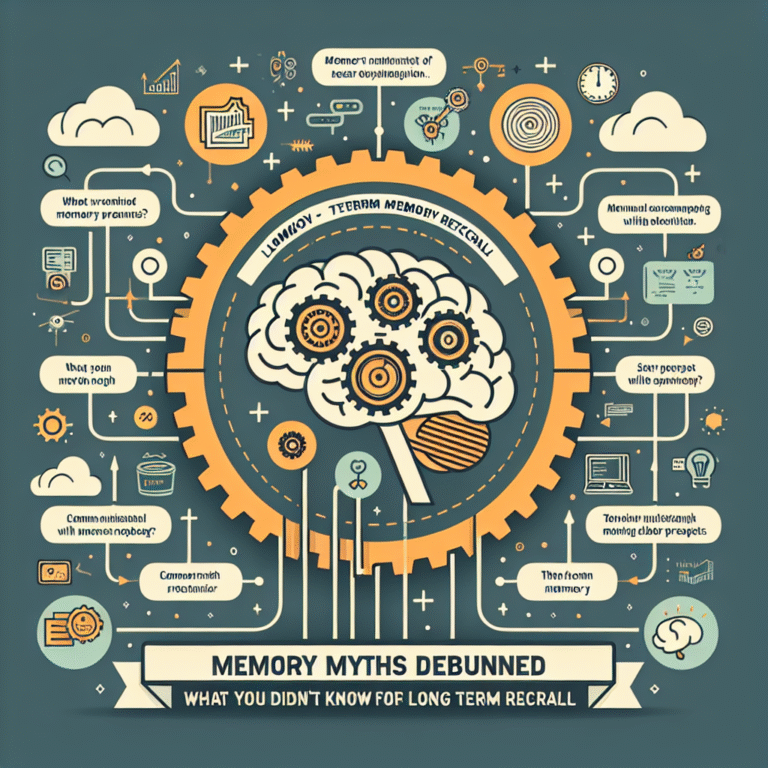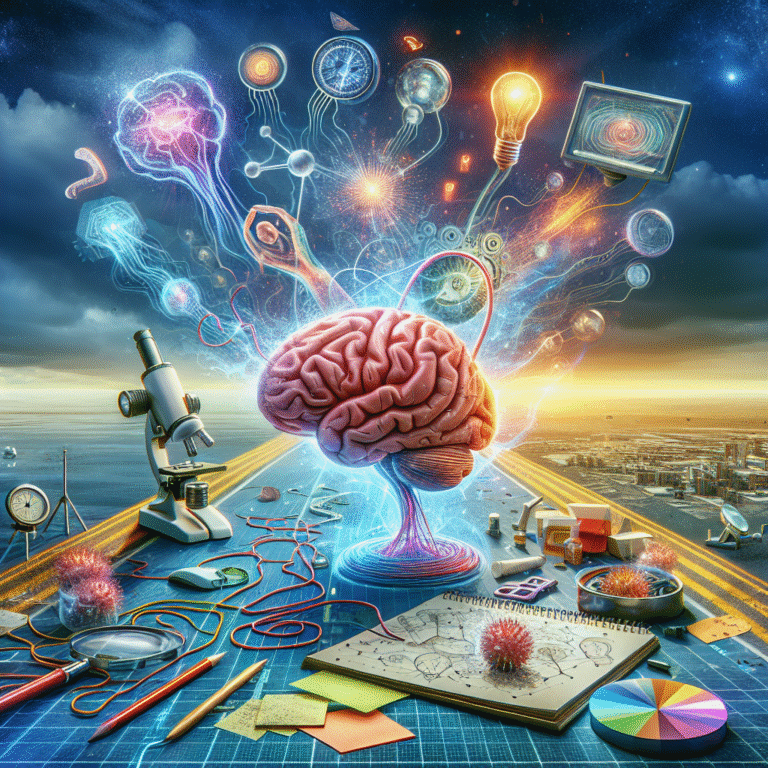
Introduction: Unlocking Potential through the Power of the Mind
Imagine an aspiring athlete who visualizes themselves executing a flawless routine before stepping onto the field. Every movement is precise, every breath is measured, and success radiates from their very being. This scenario epitomizes the transformative nature of visualization in motor skill acquisition—a tool that transcends mere imagination to enhance physical performance.
The impact of visualization on motor skill acquisition is profound, offering a scientifically backed method to refine techniques and enhance performance across various domains, from sports to rehabilitation. In this article, we will explore the intricate relationship between mental imagery and skill development, backed by compelling case studies, expert insights, and actionable takeaways.
The Science Behind Visualization: What Happens in the Brain?
Visualization, or mental imagery, involves creating or re-creating experiences in the mind without engaged physical action. Neurologically, this process activates the same brain regions responsible for executing those physical actions. Research indicates that when individuals visualize a motor skill, their brain patterns mirror those observed during actual execution.
Study Spotlight: Brain Activity and Visualization
In a study published in the Journal of Neurophysiology, researchers monitored brain activity in participants as they practiced a finger-tapping task. Those who engaged in visualization exercises showed significant neural adaptations akin to physical practice, reinforcing the impact of visualization on motor skill acquisition.
The Role of Visualization in Sports
For athletes, the impact of visualization on motor skill acquisition has been a game-changer. Visualization not only cultivates mental resilience but also sharpens focus, enhances muscle memory, and reduces anxiety, thus creating an optimal mental state for performance.
Case Study: Olympic Athletes and Imagery Techniques
Consider the case of Olympic swimmer Michael Phelps. His coach, Bob Bowman, emphasized the importance of visualization as part of Phelps’s training regimen. Phelps regularly visualized every aspect of his races, from entering the pool to executing his turns and finishes. This mental preparation allowed him to refine his technique and boost his confidence, contributing to his unprecedented medal count.
Practical Applications: How to Harness Visualization Techniques
To effectively harness the impact of visualization on motor skill acquisition, practitioners can adopt various techniques. Here are some key strategies:
- Detailed Imagery: Spend time vividly picturing every detail of the desired skill. What do you see, hear, and feel as you perform?
- Process vs. Outcome: Focus both on the process of the skill and the desired outcome. This dual approach enhances understanding and technique while keeping motivation high.
- Routine Practice: Integrate visualization into your daily practice routine alongside physical training to reinforce learning.
Table: Visualization Techniques for Skill Acquisition
| Technique | Description | Benefit |
|---|---|---|
| Detailed Imagery | Vividly picture each aspect of the skill | Enhances motor memory |
| Process Visualization | Focus on the execution process | Improves technique understanding |
| Positive Affirmations | Combine visualization with affirmations | Boosts confidence and motivation |
| Diverse Scenarios | Visualize performing the skill in varied contexts | Prepares for different conditions |
Applying Visualization Beyond Sports: Clinical Rehabilitation
The power of visualization extends beyond athletic pursuits into clinical settings, particularly in rehabilitation. Techniques can aid in recovery from injuries by mentally rehearsing movements, fostering a sense of agency, and enhancing motivation.
Case Study: Rehabilitation after Stroke
A significant study conducted by researchers at the University of Frankfurt explored the use of visualization in stroke rehabilitation. After a stroke, patients who engaged in mental imagery exercises experienced faster recovery times and improved motor function compared to those who did not. By imagining the movement of limbs, patients facilitated their neural recovery and reinforced physical therapy sessions, showcasing the impact of visualization on motor skill acquisition.
Overcoming Challenges: Integrating Visualization into Daily Practice
Despite the evident benefits, some individuals struggle to integrate visualization effectively. Common barriers include skepticism about its effectiveness, difficulty in creating vivid imagery, or the belief that physical practice alone suffices.
To overcome these hurdles:
- Educate: Understand the neurological basis of visualization and its scientifically proven benefits to foster an appreciation for its role.
- Guided Practice: Use apps or guided sessions to help individuals ease into the practice of visualization, making it less daunting.
- Consistency is Key: Like any skill, regular practice of visualization leads to improved ability, so encourage setting aside specific times for it.
The Impact of Visualization on Motor Skill Acquisition: A Summary
The link between visualization and motor skill acquisition is well-established. Whether honing athletic prowess, recovering from injury, or mastering any motor skill, visualization serves as a potent tool for enhancing performance and learning.
As we delve deeper into understanding how visualization functions as a mechanism for skill refinement, we begin to grasp its full potential. The proven impact of visualization on motor skill acquisition can empower individuals across various fields to realize their dreams.
Conclusion: Envisioning Success
In conclusion, the journey of mastering motor skills can be significantly enhanced through visualization techniques. By strengthening neural pathways, increasing confidence, and fostering motivation, visualization stands as an essential tool in transforming potential into reality.
Embrace the practice of visualization today—your journey towards mastery awaits. Picture yourself executing your best performance, and allow that vision to guide your actions.
FAQs
1. What exactly is visualization in the context of motor skill acquisition?
Visualization is a mental practice where individuals imagine themselves performing a skill to enhance physical execution and reinforce learning.
2. How does visualization work in the brain?
Visualization activates motor pathways in the brain similar to actual physical practice, effectively training the mind to execute movements.
3. Can anyone benefit from visualization, or is it only for athletes?
Everyone can benefit from visualization, including individuals in rehabilitation, musicians, and those learning new skills.
4. How often should I practice visualization to see results?
Regular practice is crucial; daily visualization for even a few minutes can yield significant improvements over time.
5. Are there specific techniques that work better than others?
While individual preferences vary, techniques such as detailed imagery and positive affirmations have proven effective for many people in enhancing the impact of visualization on motor skill acquisition.
This comprehensive exploration of the impact of visualization on motor skill acquisition emphasizes its vast potential to not only enrich athletic performance but also aid in various personal and professional endeavors. Whether you’re an athlete or simply seeking self-improvement, harnessing the power of your imagination can lead to tangible, remarkable results.
















